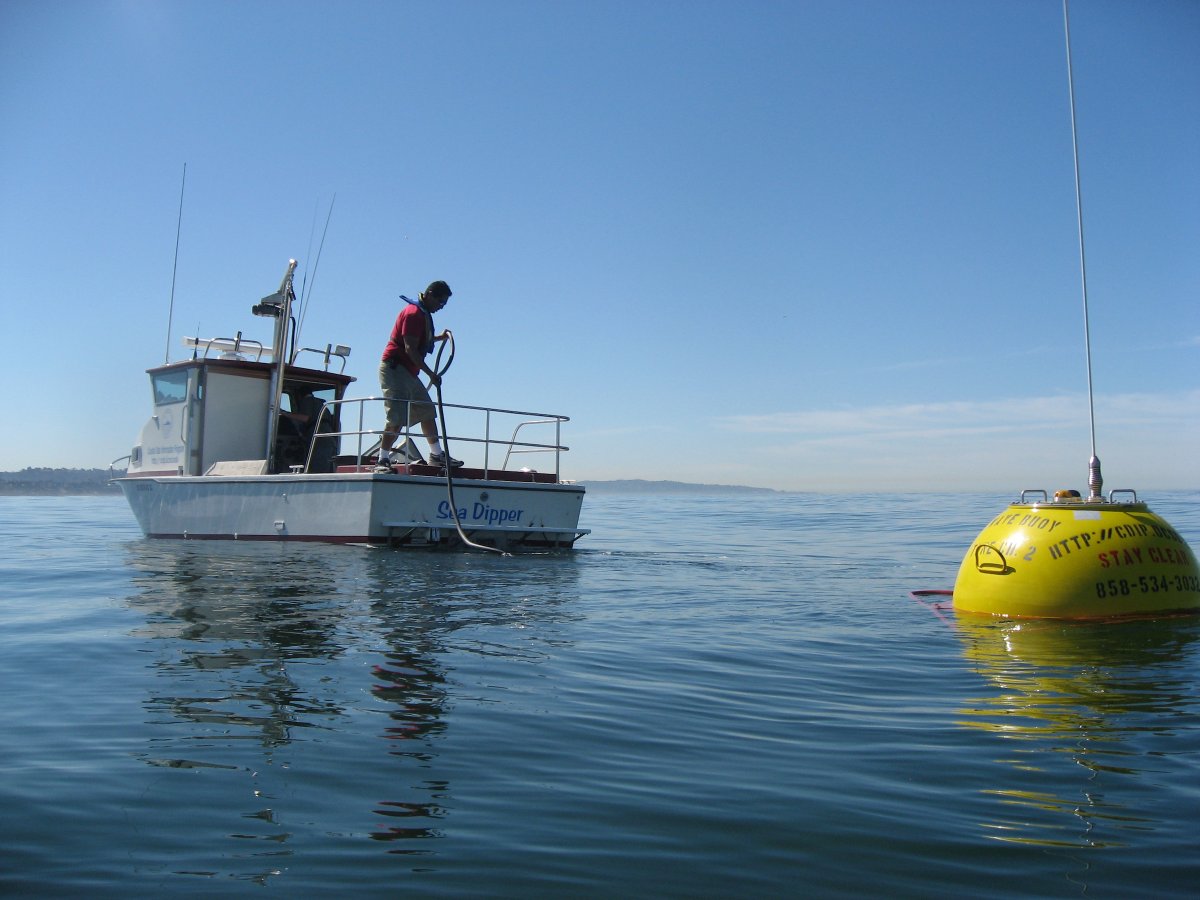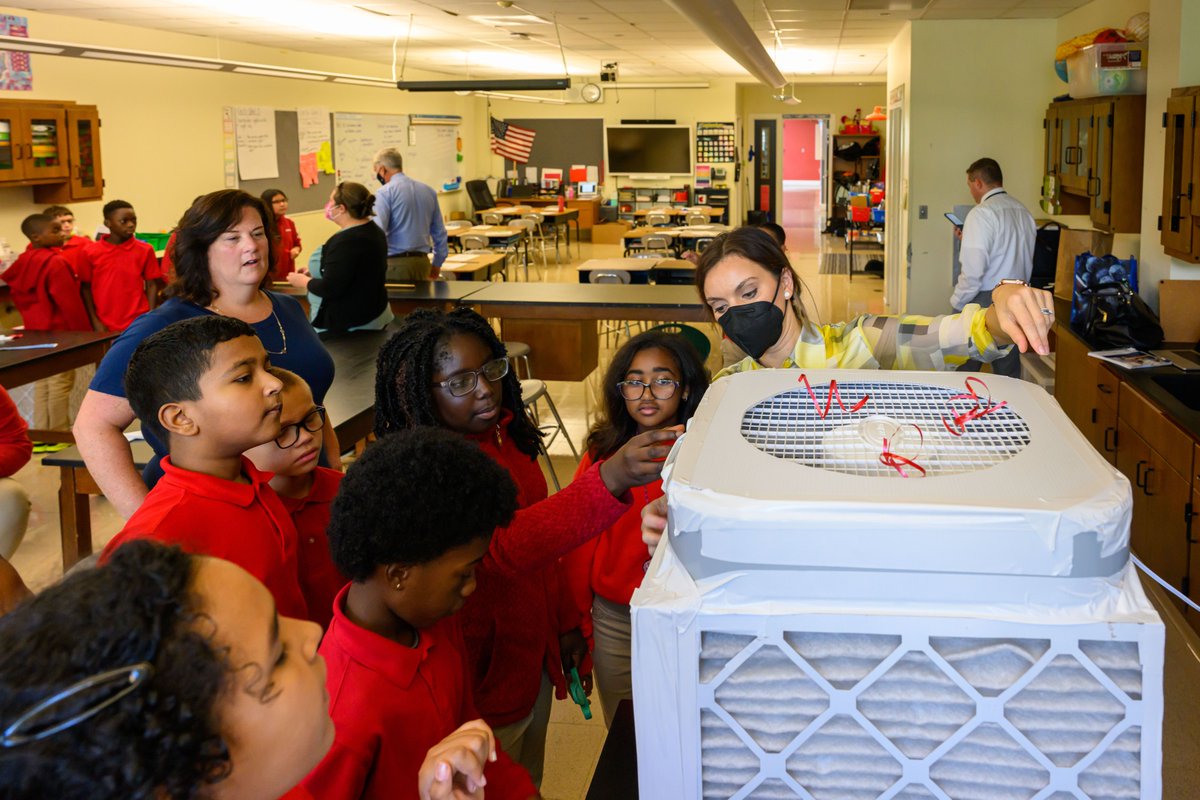
A new @CDIPBuoys (Coastal Data Information Program) monitoring station (CDIP 262 Leucadia Nearshore) was established at Beacon’s Beach to provide continuous wave observations offshore from this #CoastalErosion study site. 🌊 

The new buoy station will monitor waves in the context of coastal erosion. The high-precision wave buoy data provided will allow researchers to understand wave effects independent of other environmental factors. 🌊 

In addition, wave models for the local coastline will be validated and improved with these data. Sea surface and air temperature data will also be available. 🌡️ Data from CDIP 262 Leucadia can be found here: cdip.ucsd.edu/m/products/?st… 

The buoy joins a vast network monitoring waves and beaches along the coastlines of the United States that provides data for coastal engineers and planners, scientists, mariners and marine enthusiasts. Learn more about @CDIPBuoys: cdip.ucsd.edu/m/
📸: CDIP
📸: CDIP

• • •
Missing some Tweet in this thread? You can try to
force a refresh










